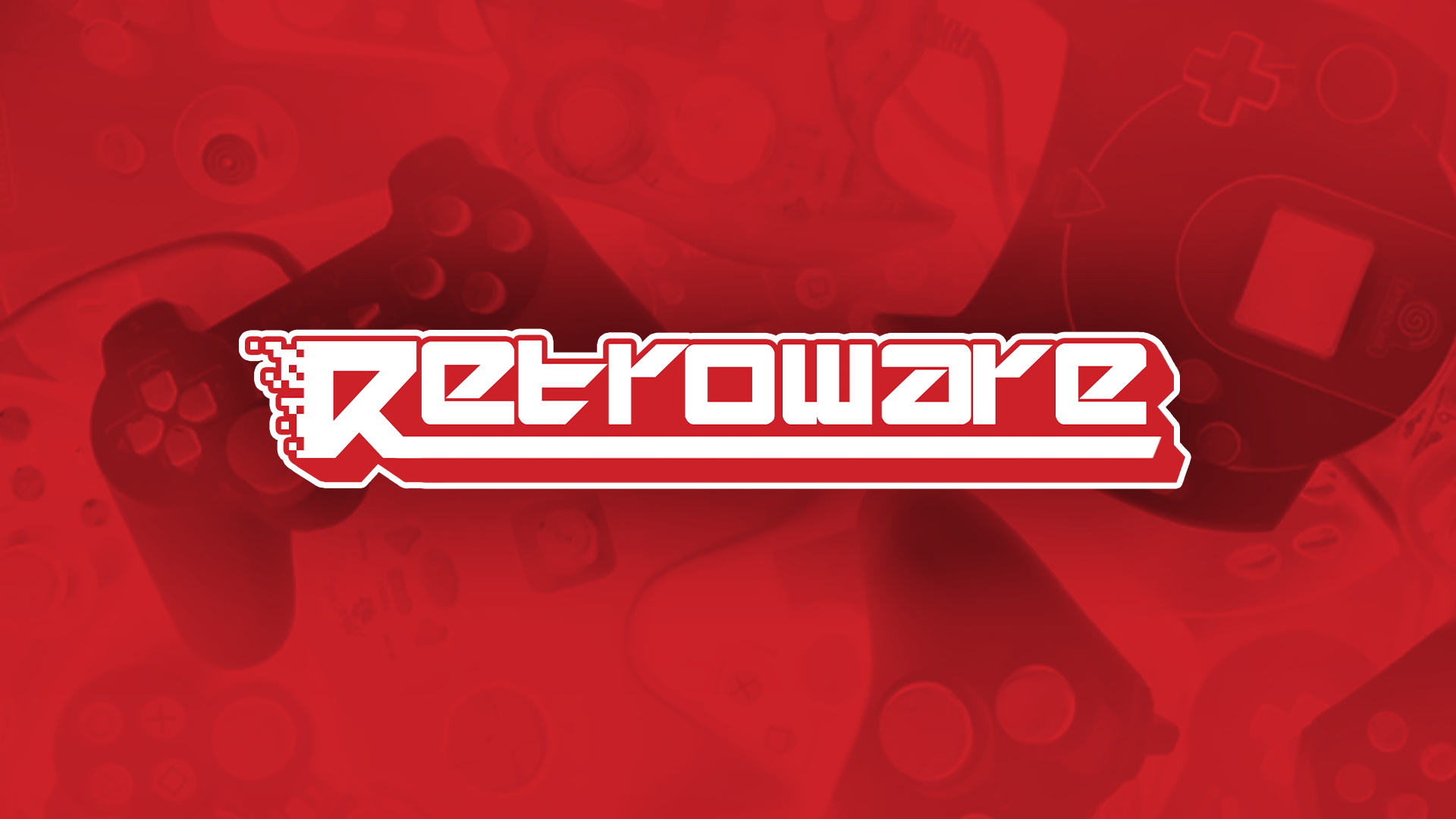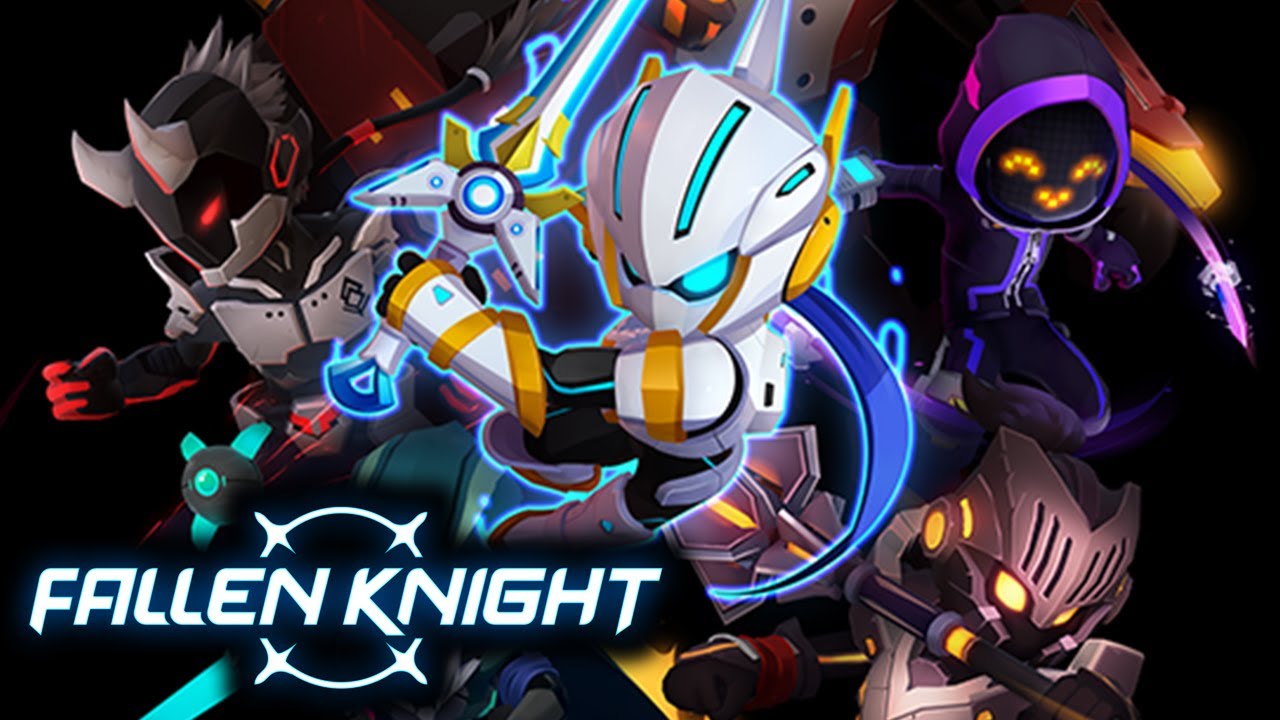Share
The Industry of Light and Magic
Star Wars is one of those franchises you just can’t really get away from. From the steady stream of movies, to endless comics, books, memorabilia, the series is a bonafide juggernaut of pop culture. With several timeless stories, Star Wars has managed to carve itself a permanent spot in people’s minds, especially with recent favorites in the form of games like Jedi: Fallen Order, and shows like The Mandalorian.
It’s not exactly been a spotless record, however. With some contentious titles in its filmography, and some genuine blunders in its extended media, George Lucas’ enduring creation has traversed some rocky roads.
This is especially true in the realm of video games. While it’s no secret that any licensed video game is a gamble, Star Wars has managed to garner itself a large stable of great titles. Knights of the Old Republic, Shadows of the Empire, Battlefront, the Dark Forces titles, all of these games are often spoken about with great reverence, even if some of their edges have roughened up a bit over time.
However much like the films that they’re based off of, not all of them are entirely great. Star Wars games have had a lot of missteps over the years, and while some are worse than others, they always have a way of sticking with people that remember them. Such is the case of Star Wars for the Game Boy
A Galaxy in the Palm of Your Hands
I’ve owned this game for as long as I can really remember. It was one of the few my parents allowed as they weren’t the biggest fans of video games. I never could beat it as a kid, but with the advent of all this new Star Wars media coming out, I wanted to give it another go. So I dug out my copy of the game and my Game Boy, and then my Game Boy Color when I couldn’t find more than two AA batteries, and slammed that cartridge in to give it a spin.
Because that’s a neat trick, y’know?
Developed by NMS Software as a port of an NES game released a year prior, Star Wars for the Game Boy came out in 1992. Following the events of A New Hope, the game puts players in control of the iconic cast to go through its adventure.

Well, I say the events of A New Hope, but that is giving the game a lot of credit. While the game does start with a very impressively realized version of the opening fanfare for a handheld game, and the famous text crawl the franchise has been known for, the second you start playing the game you realize that things are a little weird.
Engaging the Hyperdrive
This game moves quick, and that’s something that works both to its benefit, and its detriment. Characters move at a nice clip and transitioning between levels is swift, often accompanied by a talking head spouting out one of the film’s many memorable lines in big bolded text.
That speed however causes some pretty heavy issues. Enemies tend to pop up a moment after scrolling onto the part of the screen they are at, and unless you have excellent twitch reflexes, or know they’re there, chances are you’re going to run right into them. Jumps likewise feel extremely odd and floaty, which is only an issue because throughout the game you’re going to be doing a lot of it.
Most objectives require the player to get up to specific platforms and navigate through weaving levels of varying intricacy to reach their goals, all while enemies move about, shoot, and sometimes just drop in from the sky. On a first time playthrough it is a chaotic affair, especially when coupled with the overworld segments on Tatooine that have the players trying to find the levels they’re supposed to be go to in order to advance the story.
As an adult it was frustrating, as a child, I have no idea how I even tried to comprehend some of this stuff.
Action!
There is a lot of game in this game. That is a weird statement to read but this Star Wars jams a lot into a tight package.
There are turret sequences in the Millenium Falcon, the trench run in an X-wing, the aforementioned multiple characters, the ability to swap between blaster and lightsaber. It’s a lot to take in. While the variety is impressive, there are little issues that keep things from feeling great.
Hit boxes are, to put it lightly, fairly loose, with certain attacks that should miss still finding a way to hit their mark, and vice versa. While most enemies can just be skipped in the platforming sections, it does create a bit of frustration when trying to blast a tie fighter and suddenly your attacks have tighter hitboxes when earlier enemies pixels away from your lightsaber were exploding into nothing. Ducking meanwhile can have you dodge certain attacks despite them clearly blasting through your head.
Animations for attacks, particularly the lightsaber swing also feel somewhat off, having a bit more activity to them and not quite looking right as Luke looks like he’s having a severe stomach cramp and trying to not drop the lightsaber in the process.
While none of these issues are game breaking, it creates a weird disconnect when controlling Luke and trying to keep alive among the onslaught of activity the game is constantly throwing at the player. Especially when coupled with a limited lives system, failures become increasingly stressful as that means you’re probably going to have to start all over again from the beginning soon.
Sights and Sounds
One place where this game absolutely shines however, is in the visuals. For being a game boy game, and a port at that, the visuals pack so much punch. Characters and enemies look exactly like what they’re supposed to represent, with Luke, Leia, Han, and Obi-wan all being distinct sprites from another. Stormtroopers march about with their distinct silhouettes and the backgrounds are rife with detail, especially in regards to spaceships and locations like the Death Star, which find a way to evoke exactly what they’re meant to.

I distinctly remember running up to the Millenium Falcon and being amazed at the greebles and details the game managed to display.
The same goes for the occasional cut scene in the game, where animations are crisp, swift, and manage to inject a smidgen of Star Wars’ cinematic qualities into a game that is otherwise very much of its era. The only issue is that with all the detail, occasionally enemy attacks can be a little hard to keep track of, but it is never too awful.
Music is another component where the game manages to do a lot of good. Familiar songs bleep and bloop out of the game with immediately recognizable loops, and while there isn’t a ton of song variety in the game, the songs that are there are classics done in a way that help to drive the frantic action of the game to try and keep the player constantly moving.
The only part where they falter is that during a lot of the game’s transitions from one room to another, or one level to the next, the music will keep playing only to hard reset to the beginning. It is jarring at its worst point, as going from the crescendo of a song right back to the beginning never feels right.
Sound effects are another high point as while they don’t really try to mimic any of iconic blaster shots or lightsaber hums of the films, they have their own crunchy, bassy sounds to them that coupled with enemy explosions makes for a very satisfying sound font that will feel familiar to anyone playing games of this era.
The Science of Fantasy
This game is a weird one. While there’s a lot of really annoying odds and ends to it, I still found myself having enough fun to do a few runs to achieve a 100% completion of the game (with the help of a guide mind you).
I would not, however, recommend it to anyone that hasn’t played it before. While it was a fun jaunt for me to revisit some old memories and rediscover a game from my childhood, for any newcomer to the title I don’t know that there is a ton on offer. Other, better Star Wars games deliver the experiences and feelings of being in that galaxy far far away with far less frustration and bizarre mechanics that just bog the player down.




